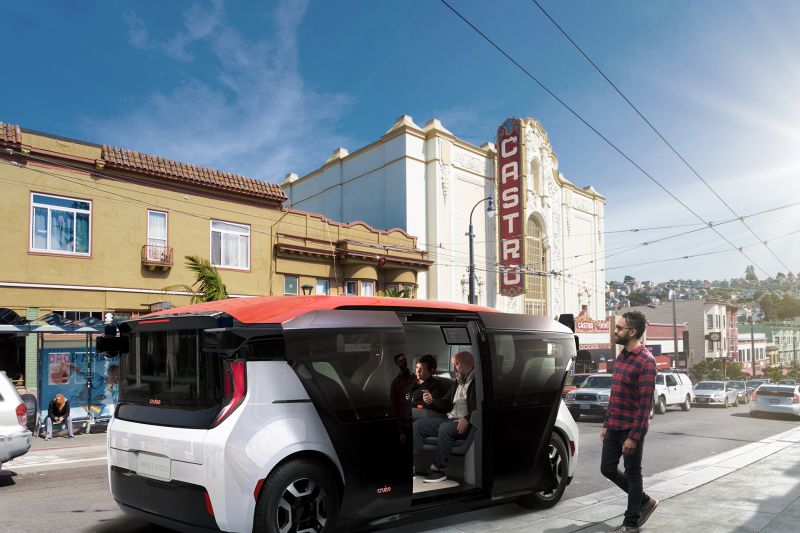Honda is gearing up to test an autonomous shuttle on public roads in Japan.
A Chevrolet Bolt modified by General Motors’ self-driving brand, Cruise, is being used to create a high-definition map of the roads around Tochigi Prefecture in Japan.
Once the mapping is complete, the Bolt will be driven on those same roads to familiarise its self-driving systems with the flow of traffic, road markings, and laws in Japan.
Longer term, Honda is planning to use the Cruise self-driving car as a shuttle in its Mobility as a Service (MaaS) business. Rather than owning a car privately, the MaaS model would see fleets of self-driving cars acting as taxis.
In most MaaS plans, users would be able to summon a car using an app.
Honda plans to manage its mobility services through a dedicated subsidiary in Japan.
As for why Honda is using a Chevrolet self-driving car? Honda owns a stake in the General Motors Cruise business, which uses the Bolt as a base for its autonomous test vehicles.
Cruise has revealed a dedicated shuttle with a more futuristic design, but it’s not yet a reality.
The two brands also have a partnership to share electric car platforms.
Honda will use General Motors’s new electric vehicle platform for two new cars.
The Japanese carmaker will design the exterior and interior for the two electric cars, and tune the platform “to support Honda’s driving character”.
Honda already has a compact electric vehicle, the E, however the GM platform in question is larger and, presumably, longer range.
Both cars will be built in General Motors factories. They will also use GM Ultium batteries, self-driving technology, and the GM OnStar security and services system.
Honda vehicles based on the GM platform will go on sale from 2023 or 2024 in the United States and Canada.
Availability outside of North America has yet to be confirmed, but the GM chassis is billed as a “global EV platform”, so it should be compliant with regulations in other parts of the world.
The two carmakers have been working together for a number of years, first on hydrogen fuel-cells and then battery technology.










